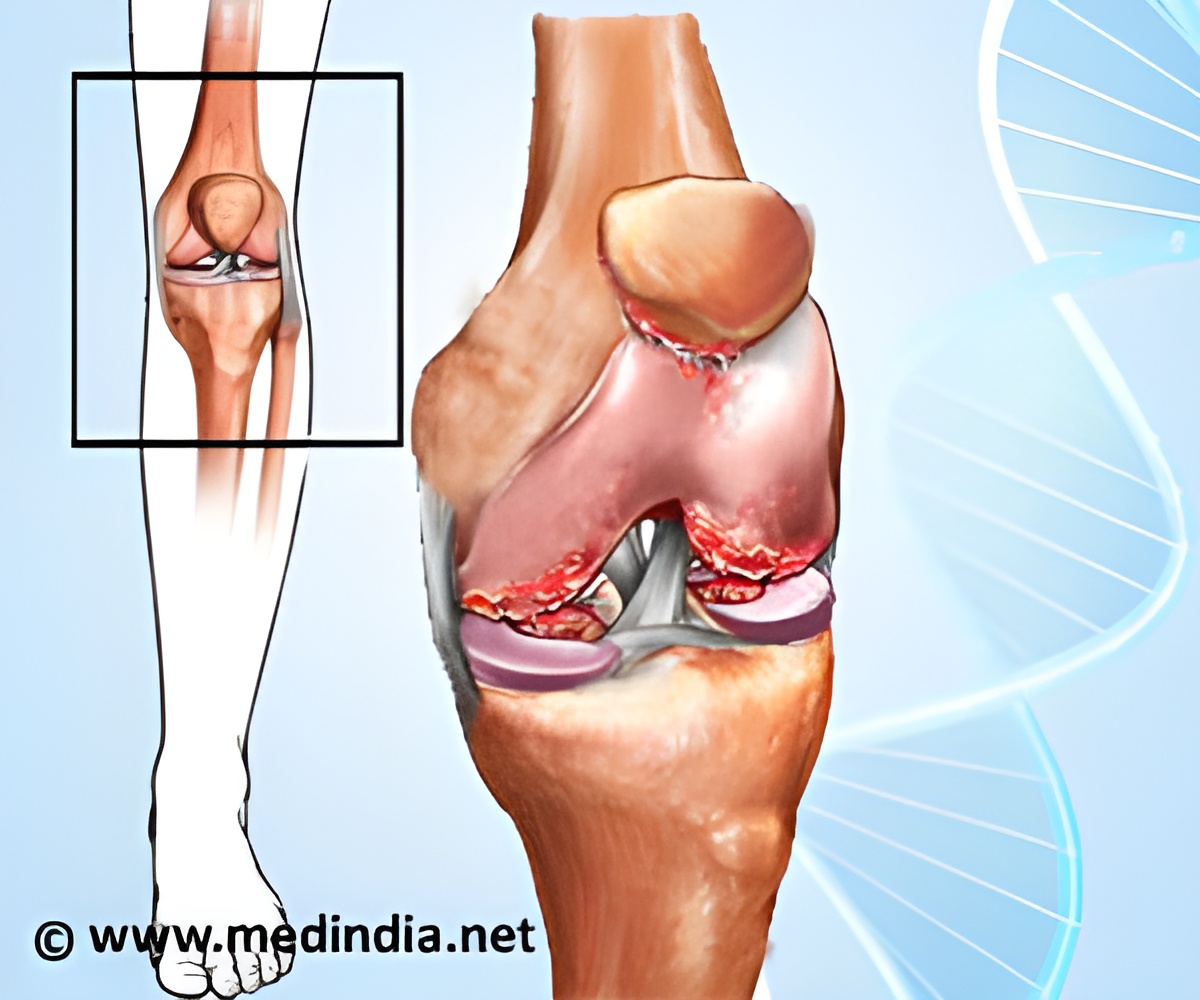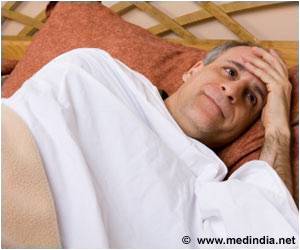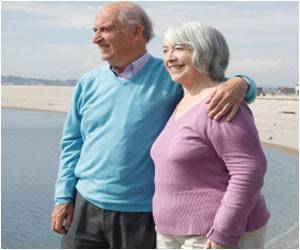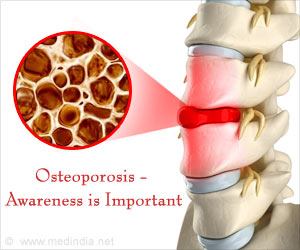Strenuous exercise such as jogging, cycling, skiing, aerobic dance, and tennis reduces the risk of knee osteoarthritis (OA), reports a new study.

TOP INSIGHT
Strenuous activity for one to two hours weekly reduces the risk of knee osteoarthritis by 30 percent.
Read More..
In this observational study of 1,194 persons at high risk for but without radiographic evidence of knee OA who were followed for up to 10 years, long-term participation in strenuous physical activities was not associated with risk of developing radiographic knee OA. In fact, the vigorously exercising individuals in the study were 30% less likely to develop OA, although the number was not considered statistically significant.
The activities included jogging, swimming, cycling, singles tennis, aerobic dance, and skiing. Persistent extensive sitting was not associated with either elevated or reduced risk.
Excessive body weight, history of joint injury or surgery, aging, and chronic knee symptoms place an individual at elevated risk for developing knee OA. Although regular physical activity and exercise provide multiple health benefits, uncertainty about whether vigorous physical activity participation could cause pain and further tissue damage is a common concern. The researchers' analysis showed nearly 50% of the adults at high risk for this disease did not engage in any strenuous physical activity over eight years.
"People suffering from knee injuries or who had arthroscopic surgical repair of ACL or meniscus are often warned that they are well on the path to developing knee OA," Chang said. "They may be concerned that participating in vigorous activities or exercises could cause pain and further tissue damage. To mitigate this perceived risk, some have cut down or discontinued strenuous physical activities, although these activities are beneficial to physical and mental health."
The study analyzed data from the Osteoarthritis Initiative, a longitudinal observational study of men and women (age range: 45 to 79 years) with or at an increased risk of developing knee OA, recruited from four communities in the U.S. At the study onset and subsequent visits for up to 10 years of follow-up, the participants received X-rays for both knees to determine knee OA disease status and reported their weekly strenuous physical activity participation and sitting patterns.
"Adults at high risk for knee OA may safely engage in long-term strenuous physical activity at a moderate level," Chang said. "Health care providers may consider incorporating physical activity counseling as part of the standard care for high-risk individuals at an early stage when physical activity engagement is more attainable."
Source-Eurekalert
 MEDINDIA
MEDINDIA



 Email
Email










